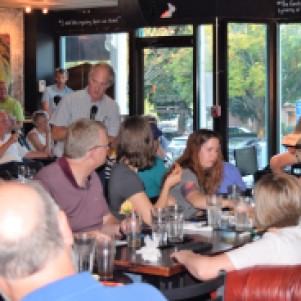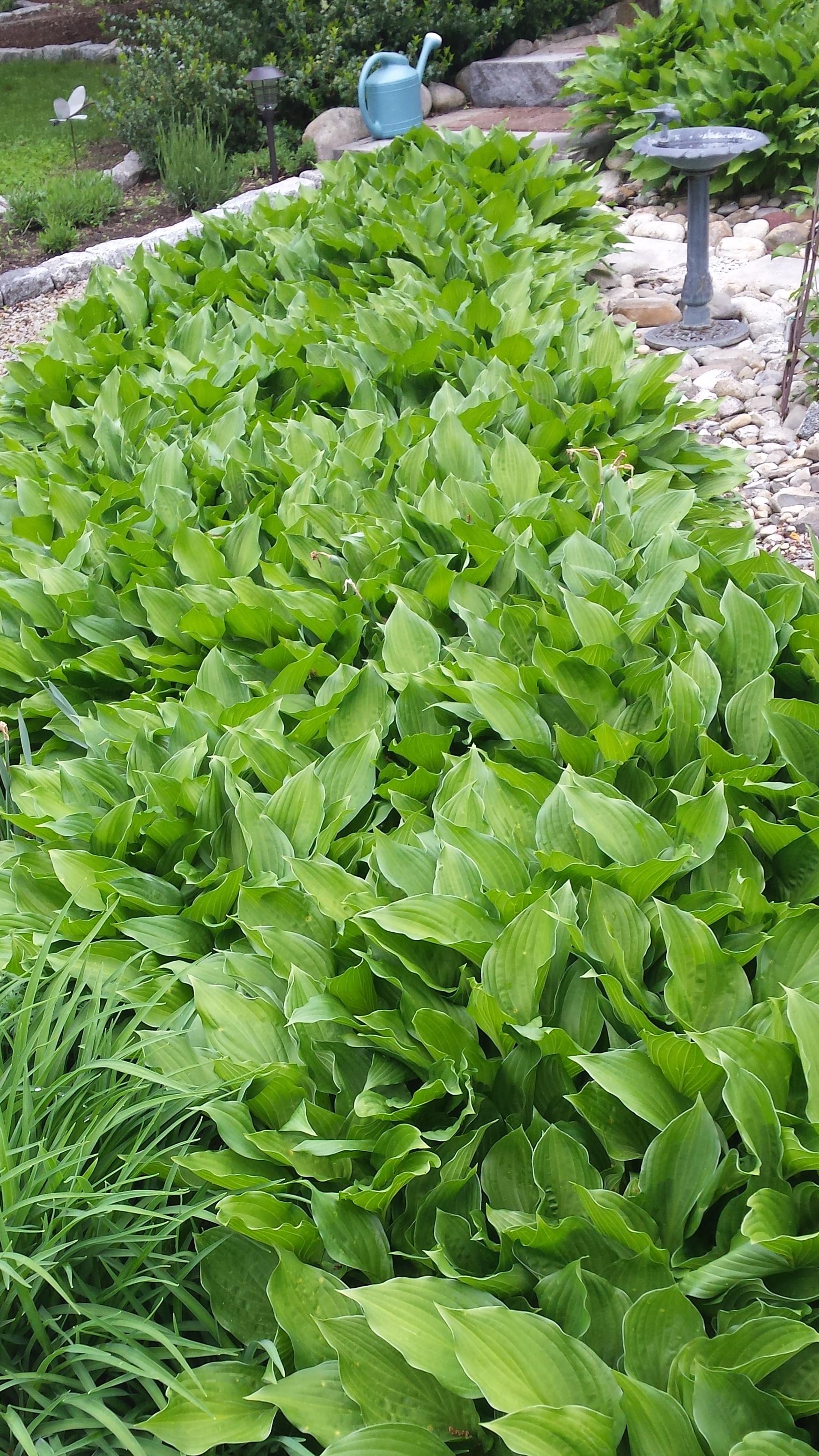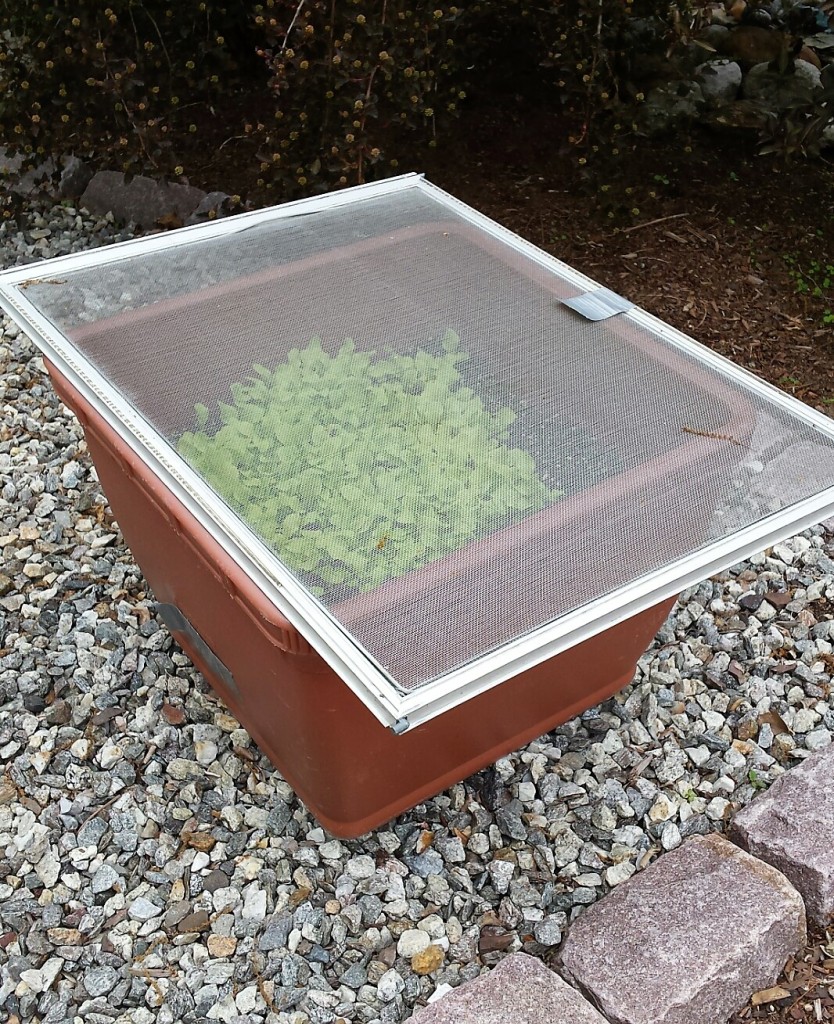When the Beatles wrote ‘Get By with a Little Help from My Friends’ they never could have imagined those lyrics would be this writer’s ‘ear worm’ when she shared the decades long story of how thousands of wine corks ended up in her New Hampshire garden.
This story started back in the very early 1990s – during my first trip (of eventually many!) to the Napa Valley region of California. It was a much anticipated destination after working a long week at a technology trade show in San Francisco. Still early in my career, this was one of my first real business trips. My coworker and mentor, Claire, provided the best advice that I’ve now carried for nearly 30 years – always include some fun travel with your business travel.
Together, we crossed the Golden Gate Bridge and headed north to ‘Wine Country’. It was our reward after a grueling week of demos for an imaging and document management software startup – Keyfile Corporation. We had the coolest – and busiest – product demos because it was still a time when email was fairly new and most people had no idea about the possibilities of something called the “world wide web”.
The show was a big success for Keyfile and I was told to expect a nice bonus upon returning to NH. This information let me splurge on the weekend’s Napa/Sonoma adventure that included a lot of wine tasting/drinking and even a hot air balloon ride that landed in the Kendall Jackson Vineyard where brunch was waiting for us.
The first stop upon arriving in Napa was the V. Sattui Vineyard. This was where my wine cork collecting began – and never really ended. Corks were easy to carry and pack and provided great memories of the trip. Claire also collected some of the same corks and when we returned home, her husband hand-crafted a small trivet with the them as a souvenir gift that I still treasure today.
The corks in the trivet remind me of my first tasting at V. Sattui where I fell in love with their award winning Madeira (before I really even know what Madeira was!)
The Cuvaison winery was very small at the time of my early 90’s visit. I loved their stained glass logo – and their Chardonnay too! Cuvaison was the first wine club I joined when wineries could finally ship to the Granite State.
St. Clement remains in my mind for their beautiful front porch, overlooking vineyards for as far as the eyes could see. I learned to appreciate red wine there when I tasted their Cabernets. And, today, I frequently still purchase their wines from my local NH Liquor and Wine Outlet in Nashua.
And finally, Korbel (center cork). I learned the difference between champagne and sparkling wines while there when I was in my early 20s. (Korbel makes sparkling wines.) At the time, they also had a very comprehensive tour. (I don’t drink Korbel wines often now, but also don’t snub my nose at them, either.)

The Center Cork is from the Korbel winery – it was a cork that hadn’t been used yet.
Flash forward over two decades later. During that quarter of a century, corks were saved from other trips to Napa, along with other fun events and travel where wine was enjoyed with friends and family, including DIY craft nights to make wedding centerpieces and wine cork wreaths.
They were also saved by other friends who had deep pride in their custom NH wine cellars (often closets, actually). John and Ginger were avid oenophiles…and were the first to hand over a trash bag filled with corks – it must have weighed 30 pounds. The corks sat for a few years in hopes of making more trivets. But, they eventually found their way into my garden with thousands of others saved during the same period of time.
Today, after collecting over 10,000 corks (Yes! That’s correct – 10K!), three landscaping projects have been completed across my garden. I shared information about the first one with my overview of various garden hacks a few years ago:
Project #1 – Mulch the Paper Bark Maple Tree
Twenty-five years of corks were tested as mulch, instead of using bark, around a newly planted paper bark maple in the center of the garden a few years ago. The results are both useful – the corks did hold back the weeds – and beautiful. That area of the garden sparks so many conversations now. It became – and still is – a central, fun focal point.

of the garden. Over time the corks have
faded to a silvery color, much like how the
color of teak changes over time.
Well, this ‘test’ sparked a question, “Should we continue to mulch different areas of the garden with wine corks?” The answer was a resounding, “Yes!” This is where my friends jumped in…whole-heartedly.
Project #2 – Entrance to ‘My Secret Garden’
I continued to save corks over the next two years, but had barely enough to make a dent in mulching other beds. Then I attended an estate/yard sale down the street from my home. Sarah and David actually had a big box of corks for sale. I think it was under $5. So it went home with me! This was the next big push for mulching with corks. We prepped the back bed behind the garage – the one that leads to the zinnia garden.

behind the garage – project #2!
But, the corks didn’t go nearly as far as I’d expected or needed. So, I kept looking for more. I shared ‘my plight’ to my personal Facebook page and almost immediately learned that many of my friends also saved corks – but didn’t know what to do with them. My plea for additional corks made them realize they’d been saving the corks for me!
The summer of 2017 became the era where I finished two more cork mulch projects – thanks to the help of old and new friends. I don’t have photos of everyone, but have kept a list to give everyone credit in this story.
Additional donors to my ’cause’ included friends who just dropped by – from near and far (including a surprise visit Connecticut!) to deliver corks; friends who casually opened my purse at parties and threw in corks for me to take home; and friends who mailed corks to my home – including corks from North Carolina and California via trip to the Czech Republic (Yes! International corks, too.) Local bartenders also joined in the fun and saved corks for me.

Smuggled by Karen G 
Cynthia mulching 
Chip landscaping w corks 
Rosemarie’s box load 
Courtesy of Cheryl 
Diane’s Special Delivery 
Downtown Nashua
Bar Scene
Bag load from Cathy 
Special Delivery from CT 
Stop on route to Megan’s Bridal Shower 
Czech Corks from Colleen 
Wolfie being supervised by a former Garden Cat
Even with all these corks, by late summer of 2017, I still needed a few more handfuls to complete the section behind the garage in.
Then I received a text from a new friend – Cindy, whom I met through my friend Marie. Like so many other friends who find themselves downsizing and have no rationale to continue saving years of corks, Cindy was packing up her home to move and came across a huge stash – her husband saved wine corks going back to the 80s. So, they were hauled up to NH from MA on a late summer afternoon for a first time get together. I finally had an over abundance of corks.
Her donation also provided enough
corks to mulch a third garden area.
BONUS! Project #3 – Freshen Up the ‘Thinking Garden’
With many corks still unused after project #2, it was time to scour the garden for a home for the rest of them. This was a bit of a challenge due to the slope of the overall landscape. We needed a level area and the beds around the ‘Thinking Garden’ were perfect. With the removal of old bark mulch, and a little raking, the rest of the corks settled nicely into their new home.




So, that is how – over a few decades – or nearly half of my life – I’ve been able to amass enough corks, over 10,000 by some estimates, to mulch three large beds across my garden. It’s created quite the conversation piece when people visit or when they run into me while out in the Nashua community. I’m often introduced as ‘that friend who puts corks in her garden’.
While some of my friends – many of them donors to my own project – have started their own collections for their backyard or lakeside gardens, for some reason, the corks continue to migrate to my home. I never complain!

If you like this idea and don’t want to wait to have enough corks for your own landscaping projects, you can put them in potted plants. They add a nice finishing touch, and unlike other ‘mulches’ are free of insects and dirt.
It’s a clean way to add interest to your potted house and patio plants. As of now, none of the corks across my garden beds over the past few years have rotted or disintegrated. However, sometimes the birds and squirrels like to occasionally do a little rearranging of the landscaped areas.
So drink up – before all the wineries replace corks with screw tops. The wine industry will thank you and your garden will be become a fun local topic of conversation – among both oenophiles AND gardeners alike. Best of all, like wine always does, the corks, too, add so much to your friendships, both far and near.
Cheers! Salud! Prost! Nostrovia! Thank you to all of my CORK CONTRIBUTING FRIENDS, including, but not limited to: Ginger & John, Sarah & David, Cynthia & Chip, Terri & Steve, Sarah and Jeff, Lindsay & Megan, Karen G & Karen W, Kathy & Larry, Liz & Paul, Cathy & Tom, Cheryl & Bruce, Michael Timothy’s Wine Bar, Rosemarie & John, Cindy, Karen, Marie, Bobbi & Steve, Bobbi’s sister Diane, Colleen B, Diane S, Steve & Jane, and the mystery donors who occasionally leave corks on one of my porches for back steps!
“Out of gardens grow fleeting flowers but lasting friendships.”
Beverly Rose Hopper
































